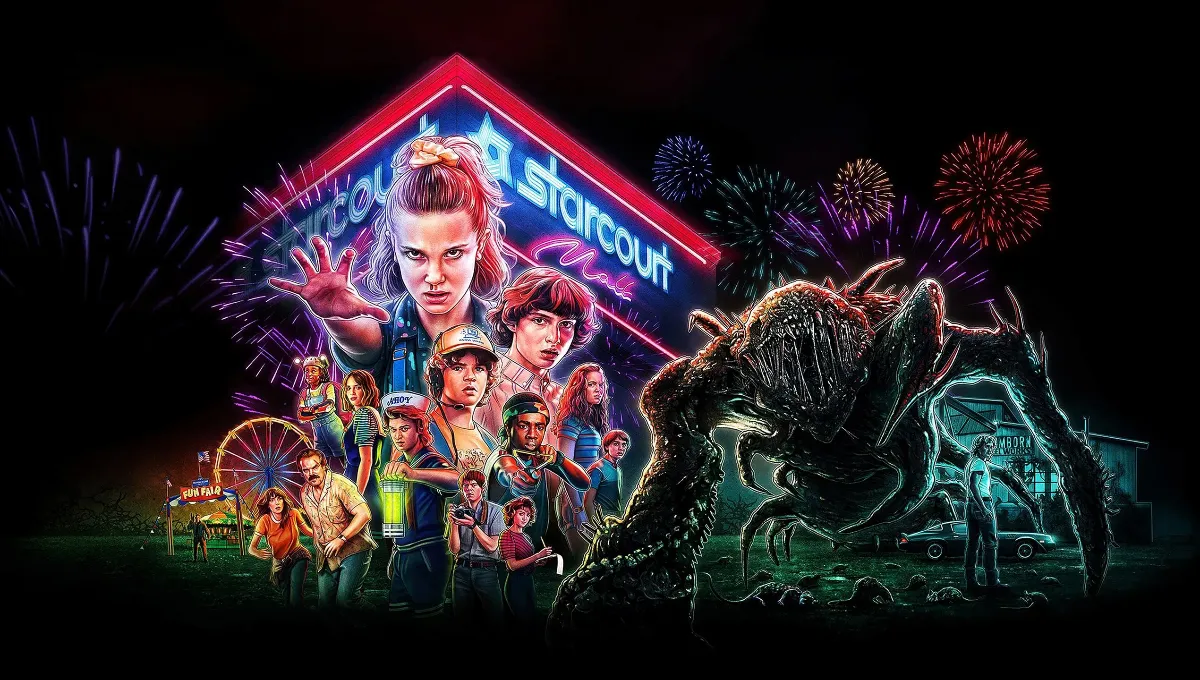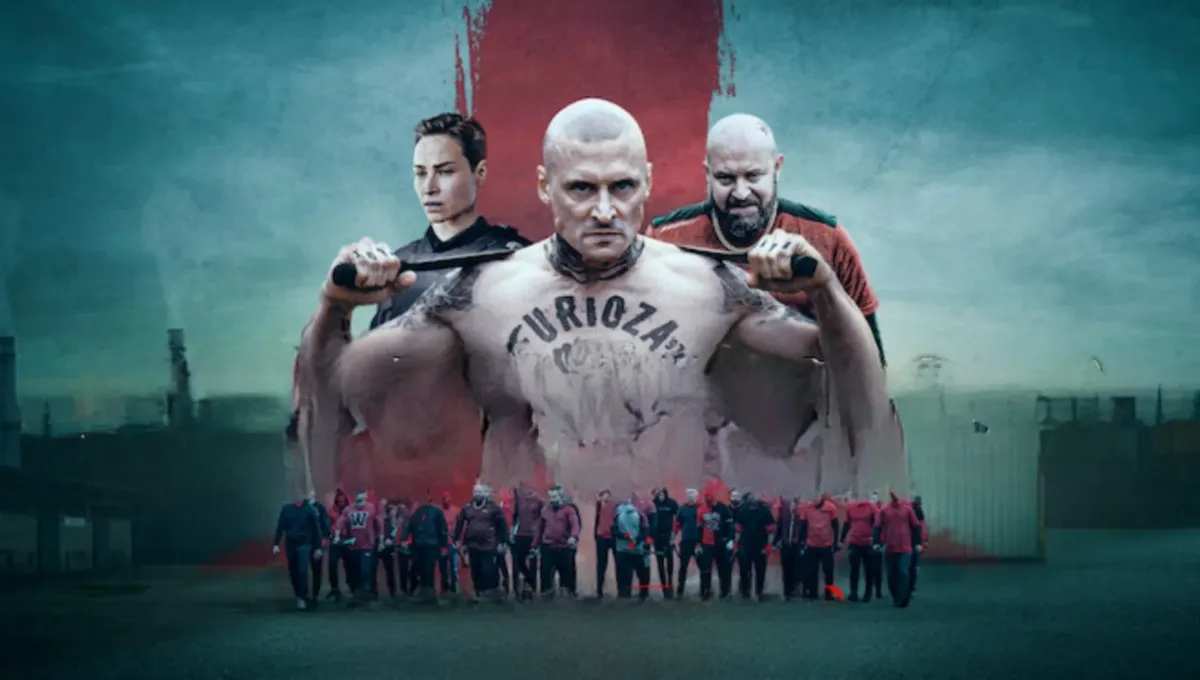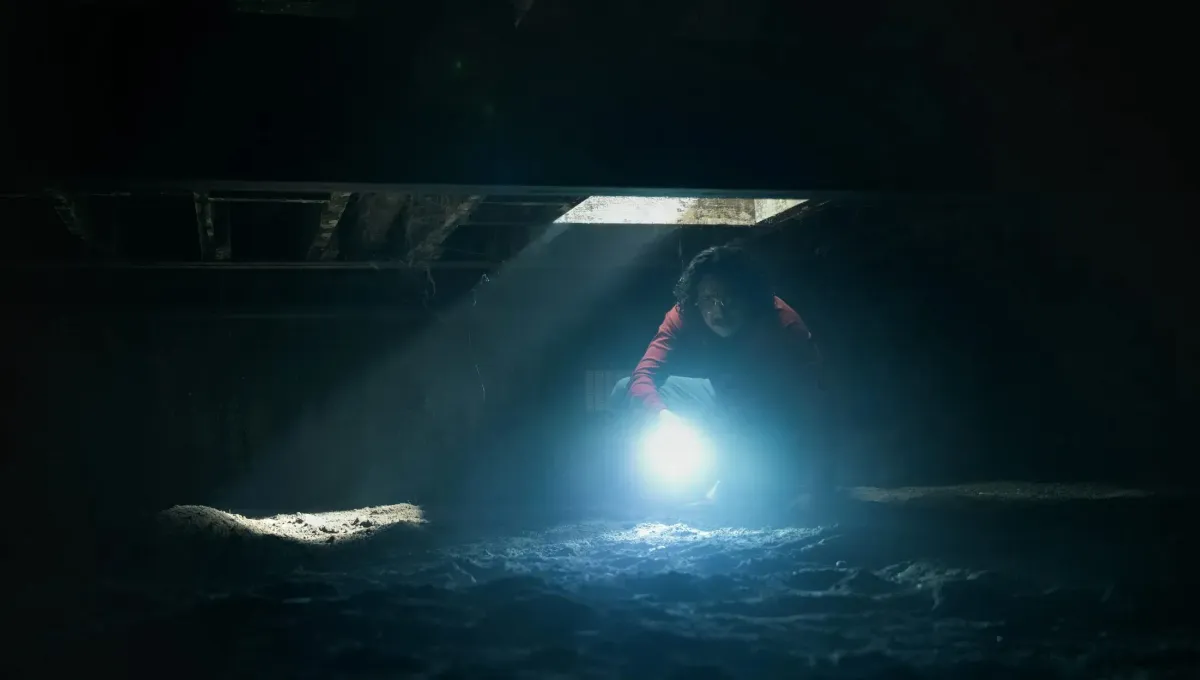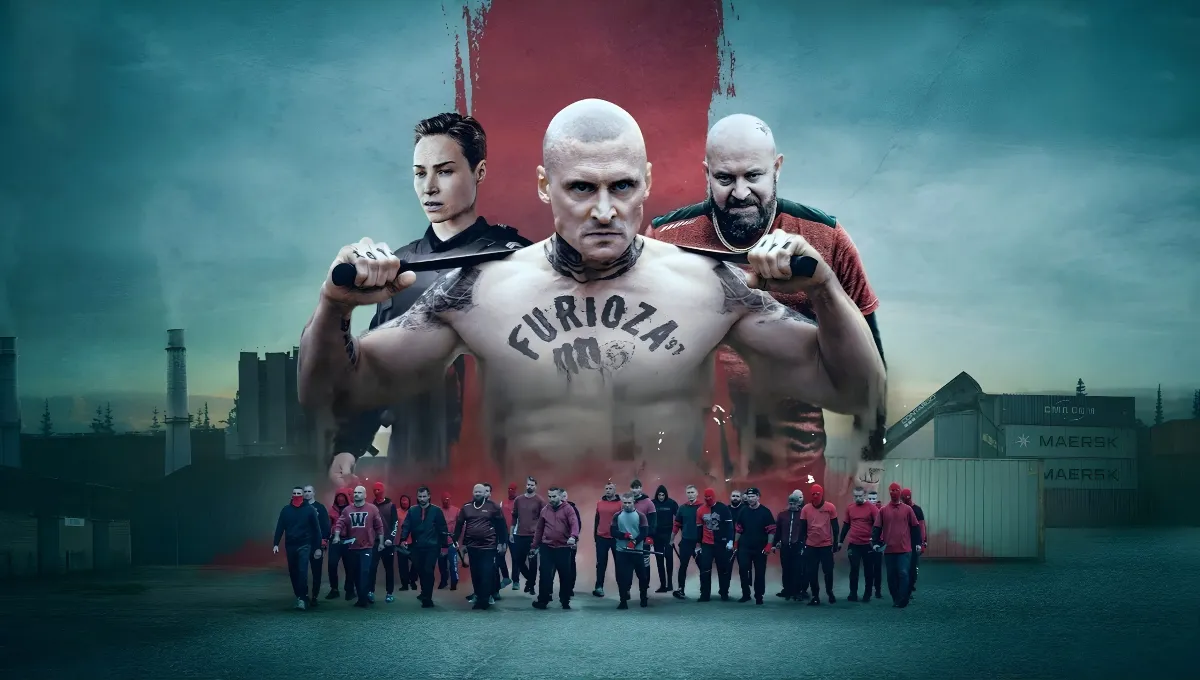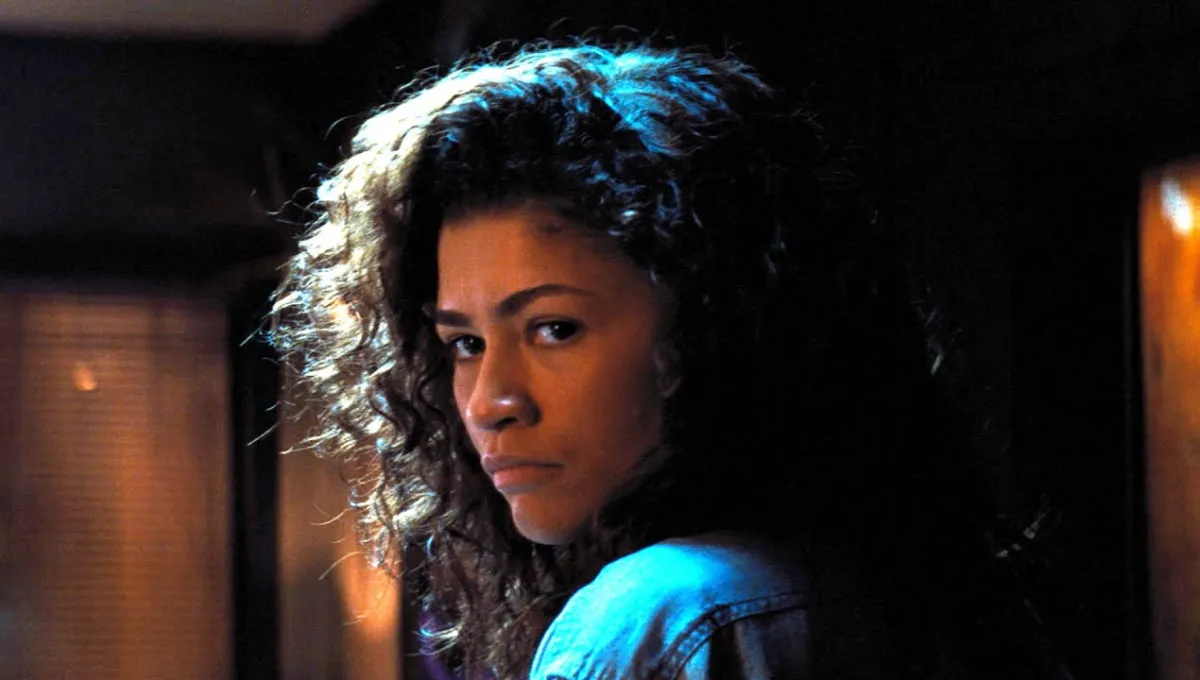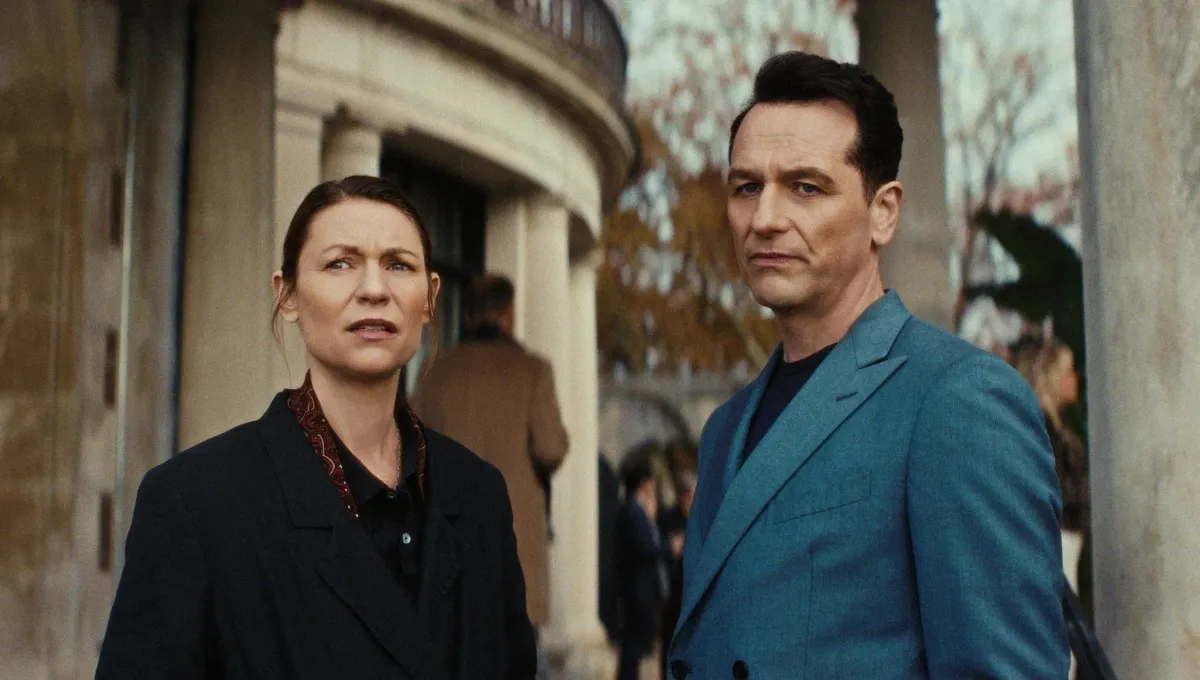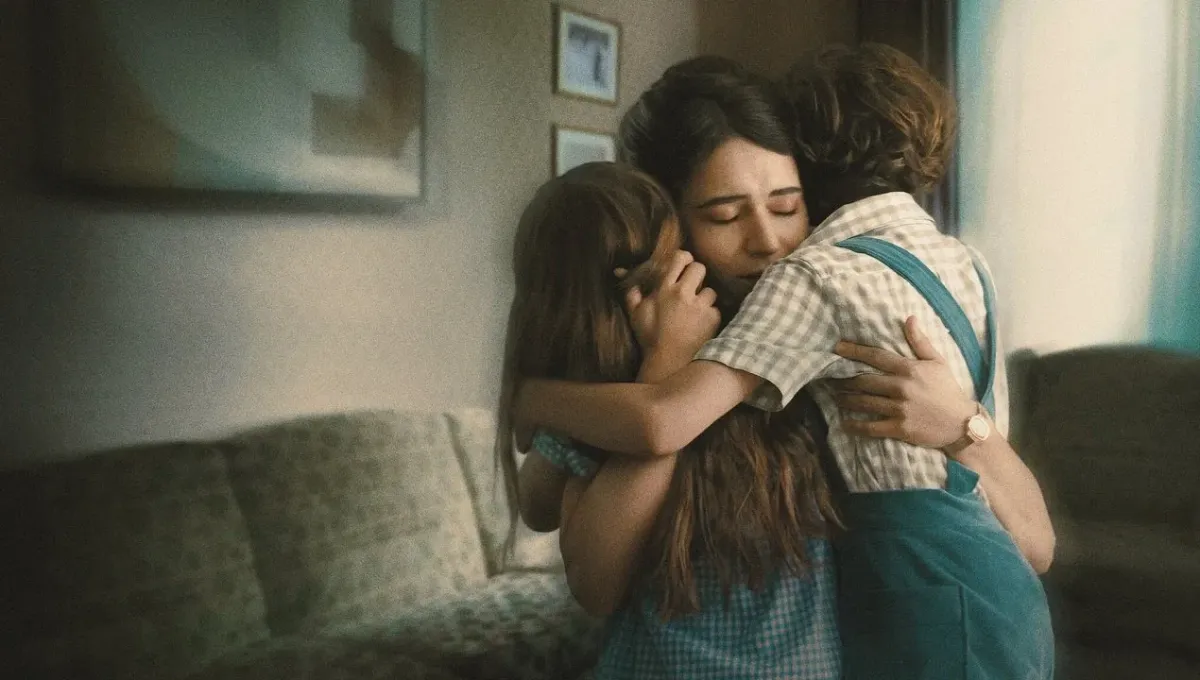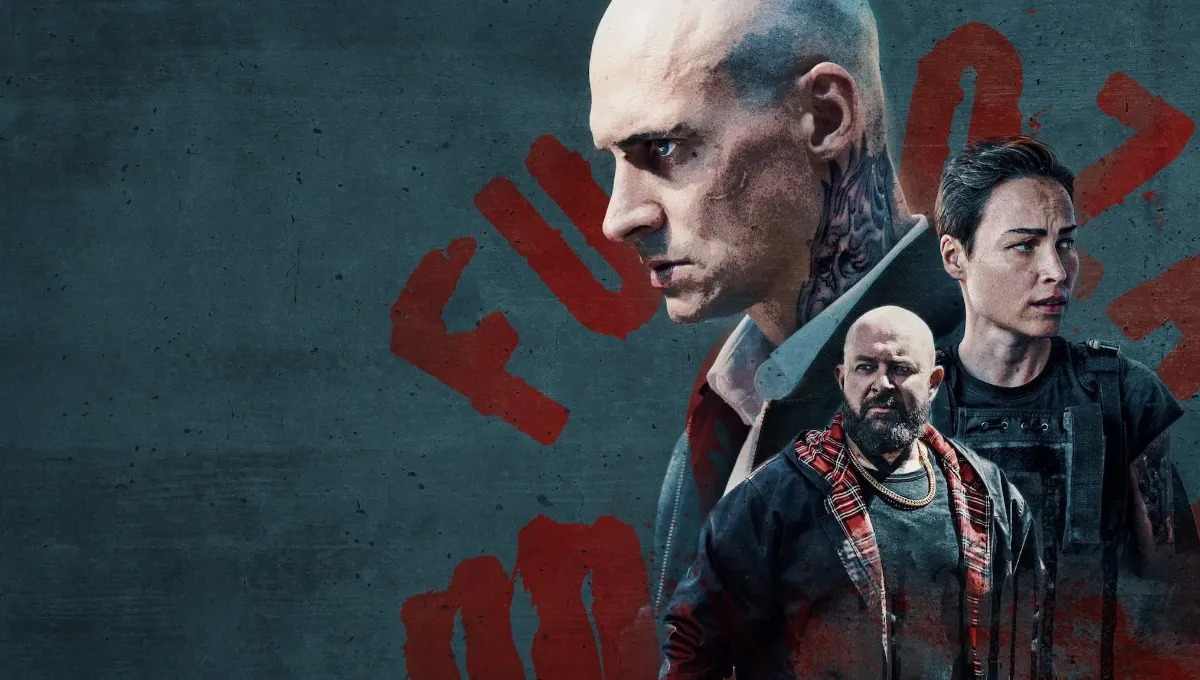There’s a moment early in MARINES when the camera lingers on the horizon — a steel-blue line between sea and sky. A helicopter cuts across the Pacific dawn, the rotor’s thrum echoing like a heartbeat. Below, young Marines stand in formation on the deck, their faces half in shadow, half in light. This is not war. It’s preparation, transformation, and the uncertain calm before both. Netflix’s new docuseries MARINES isn’t about combat; it’s about the people who train for it — and what it means to come of age in one of the world’s most disciplined military forces.
Premiering on November 10, 2025, MARINES offers unprecedented access to the 31st Marine Expeditionary Unit (MEU) — the U.S. military’s “force in readiness” stationed in the Pacific. Directed by Chelsea Yarnell and produced by Amblin Documentaries and Lucky8 TV, the series unfolds like a cinematic meditation on resilience, camaraderie, and identity. It captures the personal and emotional journey of Marines who balance duty and humanity, strength and vulnerability, tradition and change.
The 31st MEU: A Floating Brotherhood
The 31st Marine Expeditionary Unit is not a fictional invention — it’s a living, breathing organism of the U.S. Marine Corps, headquartered in Okinawa, Japan. Known as the first to fight and the last to rest, the 31st MEU operates from sea to shore, constantly deployed across the Pacific to respond to crises, humanitarian missions, or combat operations. They are the military’s emergency responders — a 2,200-member task force ready to move within hours, whether the mission involves disaster relief or conflict prevention.
In MARINES, we see the 31st MEU as few civilians ever have. Cameras follow them through intense amphibious training, night operations, and days-long sea voyages aboard massive Navy ships. The documentary doesn’t glorify their toughness; instead, it reveals the exhaustion, the doubts, and the silent endurance that defines military life. These Marines are not symbols — they’re young people learning how to function as part of something far greater than themselves.
A Story of Growth, Not Glory
Director Chelsea Yarnell approaches the subject with the eye of a storyteller, not a recruiter. There’s no narration or dramatic scoring. Instead, the power of MARINES lies in observation — the silence of the barracks before lights out, the laughter over instant noodles, the sweat-drenched drills under the Pacific sun. Yarnell’s lens turns the military experience into a coming-of-age narrative, showing that even behind the discipline and hierarchy, every Marine is searching for purpose and belonging.
This isn’t a show about battles; it’s about becoming. The Marines in focus are in their late teens and early twenties — digital natives who scroll through messages from home while polishing rifles, who call their mothers between deployments, who question what kind of adults they’ll be after service. MARINES asks the same question every generation faces in uniform: how do you grow up when the world demands that you be unbreakable?
The Human Side of Readiness
Each episode balances the physical intensity of Marine life with moments of unexpected tenderness. One recruit fights through an injury but refuses to leave his unit behind. Another shares a rare moment of vulnerability, admitting her fear of failing her comrades. We meet seasoned leaders who have seen the consequences of war, guiding a younger generation through drills and doubts.
The heart of the series lies in its contrasts — sweat and saltwater, discipline and emotion, tradition and uncertainty. MARINES doesn’t shy away from showing tears during late-night reflections or the isolation that comes with constant deployment. But it also celebrates the resilience that keeps these individuals moving forward. It’s not patriotism painted in red, white, and blue; it’s humanity, painted in gray steel and ocean hues.
Cinematic Realism and Intimate Access
Visually, MARINES feels closer to a feature film than a standard docuseries. The cinematography by the Lucky8 team captures both the grandeur of the sea and the closeness of human experience. Long takes linger on faces rather than explosions. Natural light floods the decks at sunrise; rain slicks the metal hull at dusk. The ocean becomes a metaphor for the Marines themselves — vast, restless, unpredictable.
Behind the lens, Amblin Documentaries, co-founded by Steven Spielberg, ensures emotional storytelling grounded in truth. This partnership gives MARINES the narrative depth of Band of Brothers and the raw honesty of Restrepo. Every frame feels earned — not staged or glorified. The sound of boots hitting metal, the quiet hum of a ship’s engine, the crackle of radio chatter — these details immerse the viewer completely in this floating world.
A Rare Glimpse Behind Military Walls
For decades, the U.S. military has been selective about media access. That’s what makes MARINES such a breakthrough. The Marine Corps granted unprecedented permission for filmmakers to document real-life missions, training, and downtime aboard ships and bases. The result is a portrait that feels both official and deeply personal.
The series also reflects how the military is changing. Diversity within the ranks, evolving gender roles, and new forms of leadership all appear organically in the narrative. The women featured are not treated as exceptions but as integral members of the team — strong, intelligent, and equally determined. MARINES subtly captures the modernization of one of America’s oldest institutions without losing sight of the timeless values that hold it together.
More Than Military — It’s About Meaning
Beneath the uniforms and drills lies the series’ true question: what drives a person to serve? For some, it’s family tradition. For others, it’s the search for structure in a chaotic world. Many join for opportunity, education, or belonging — but all discover that military life tests not only the body but the soul.
Through long nights at sea and days of relentless repetition, MARINES reveals that strength is not the absence of fear, but the ability to keep moving despite it. The friendships forged in these conditions — in heat, exhaustion, and doubt — become a kind of unspoken religion. There’s a sacred rhythm in the way Marines work, eat, and rest together. The documentary captures that ritual beautifully, reminding viewers that service is both isolation and communion.
The Emotional Core
One of the series’ most moving sequences shows a group of Marines receiving mail from home. The joy of a letter, the quiet pause before reading, the careful folding afterward — all of it speaks louder than any battlefield. Another moment follows a Marine staring at the sea from the ship’s railing, his expression unreadable. Is he thinking of home? Of what’s ahead? The documentary never tells us, and that’s precisely its power.
Rather than explaining its subjects, MARINES lets them breathe. We hear snippets of conversation, see small gestures — a pat on the shoulder, a shared laugh, a silent prayer. The editing gives space to both triumph and fatigue, building a tapestry of emotion that feels universal. Whether or not you’ve worn a uniform, you recognize the longing in these faces.
The Cultural Resonance
At a time when military representation in media often swings between glorification and cynicism, MARINES finds a middle path. It doesn’t preach or manipulate. Instead, it observes — and through that observation, it humanizes. The show arrives in a world saturated with streaming content, yet it manages to feel essential. It reminds us that heroism isn’t about medals or missions; it’s about getting up at dawn and doing your best — again and again.
The docuseries also reflects the broader cultural curiosity about authenticity. In an era of social media filters and curated lives, MARINES offers something refreshingly real. It strips away myth and presents the raw truth of commitment — to a team, to an ideal, to oneself.
MARINES (2025) stands as one of Netflix’s most ambitious documentary projects — a deeply human, visually stunning exploration of what it means to serve. It’s less about warfare and more about self-discovery under pressure. It captures a generation caught between personal dreams and collective duty, showing that even in uniform, identity remains fragile, evolving, and deeply personal.
This is not a story of soldiers; it’s a story of people who happen to wear the same colors. As the camera fades to black and the sound of the ocean lingers, you’re left with a simple truth: readiness isn’t just about being prepared for battle — it’s about being ready to face yourself.

Grace Whitmore is a beauty and lifestyle editor at Nestification, exploring the intersection of modern femininity, quiet luxury, and emotional design. Her work focuses on how aesthetics, mindfulness, and self-expression shape today’s idea of calm confidence — where beauty becomes a state of mind.
Based in New York · [email protected]



